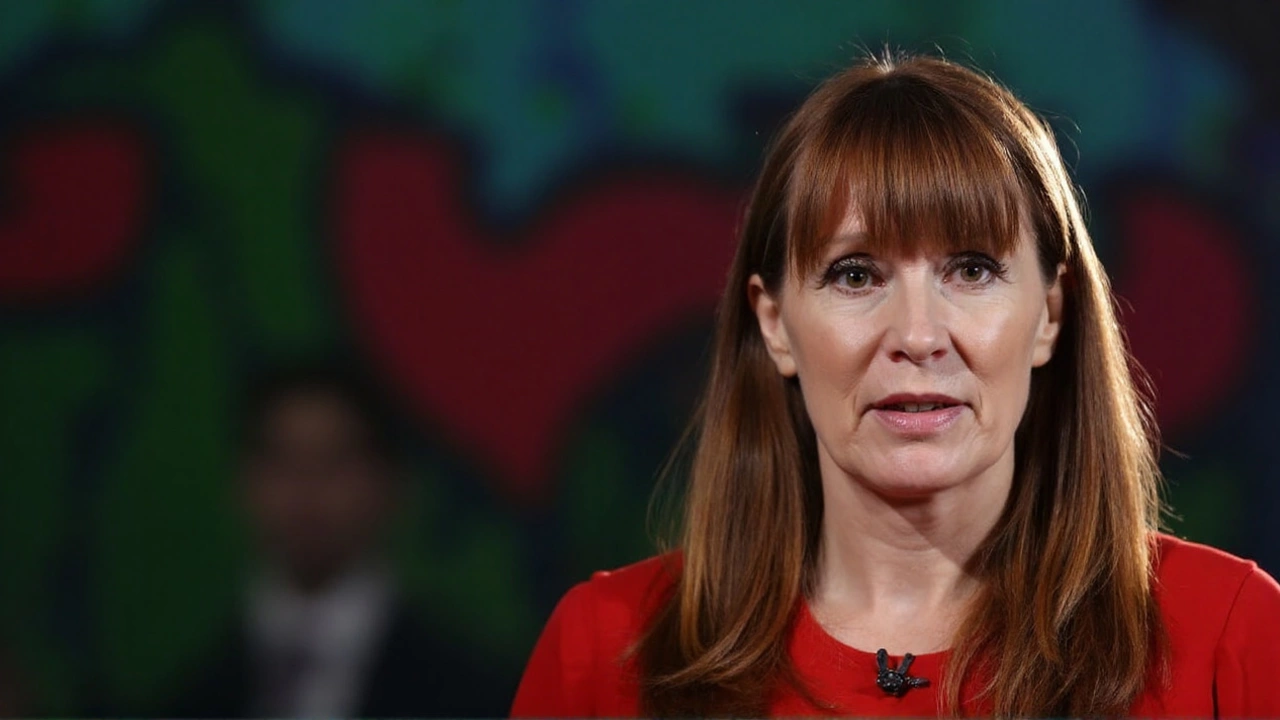Labour faces a risk: if it sidelines Angela Rayner, it may sever its last strong link to working-class voters. Rayner’s background and union roots give the government authenticity in places where trust in politics is fragile. As support ebbs from its post-election peak, she bridges ministers, unions, and local government. Pushing her aside would carry real electoral and cultural costs.
Working-Class Voters: Why Their Voice Matters in Today’s Politics
If you’ve ever wondered who makes up the working‑class voting bloc, you’re not alone. These voters are everyday people who earn a living through manual, service, or hourly jobs. They aren’t a monolith, but they share common concerns like wages, job security, health care, and affordable housing. Understanding what matters to them can help you see why elections often turn on their choices.
Most working‑class voters live in towns or suburbs where factories, warehouses, or retail stores dominate the local economy. They tend to be younger than the traditional retiree crowd but older than the college‑age demographic. Many are families trying to stretch a single paycheck, and that daily grind shapes the way they view political promises.
Key Issues That Drive Working-Class Voters
First up, pay and job security. When a candidate talks about raising the minimum wage or protecting union rights, the message lands straight in the wallet of a worker who’s checking the meter on their budget each month. Second, health care. For people without employer‑provided insurance, the cost of a doctor’s visit can feel like a gamble. Policies that promise affordable coverage or protect existing plans get a lot of attention.
Third, housing affordability. Rising rents and limited mortgage options hit hard in cities where many factory jobs have moved. A candidate who pushes for rent control or more public housing can win a lot of goodwill. Fourth, education and training. With technology reshaping jobs, many workers want access to vocational schools or apprenticeships that help them stay employable.
Finally, tax fairness. Workers often feel that big corporations get away with lower taxes while they shoulder a larger share. Proposals that aim to close loopholes or increase taxes on the wealthy resonate strongly.
How Parties Can Connect With Working-Class Voters
One mistake parties make is talking down to these voters. The best approach is straight‑talk: use plain language, address real‑world problems, and show concrete plans. For example, instead of vague promises, outline how a new infrastructure project will create 1,000 local jobs in the next two years.
Another tip is to be visible in the community. Holding town halls at local diners, trade schools, or sports clubs lets candidates hear concerns directly. Listening builds trust more than a polished speech on a TV studio.
Social media can be a double‑edged sword. While it’s great for reaching younger workers, authenticity matters. Share real stories of people who’ve benefited from a program, and avoid over‑produced ads that feel detached.
Lastly, don’t forget the power of local endorsements. When a respected union leader or community organizer backs a candidate, that endorsement can sway dozens of undecided voters who trust that voice.
In short, working‑class voters care about issues that affect their paycheck, health, and home. They want clear, honest answers and policies that make a tangible difference. Politicians who respect that and deliver practical solutions will find a loyal, decisive electorate on their side.
